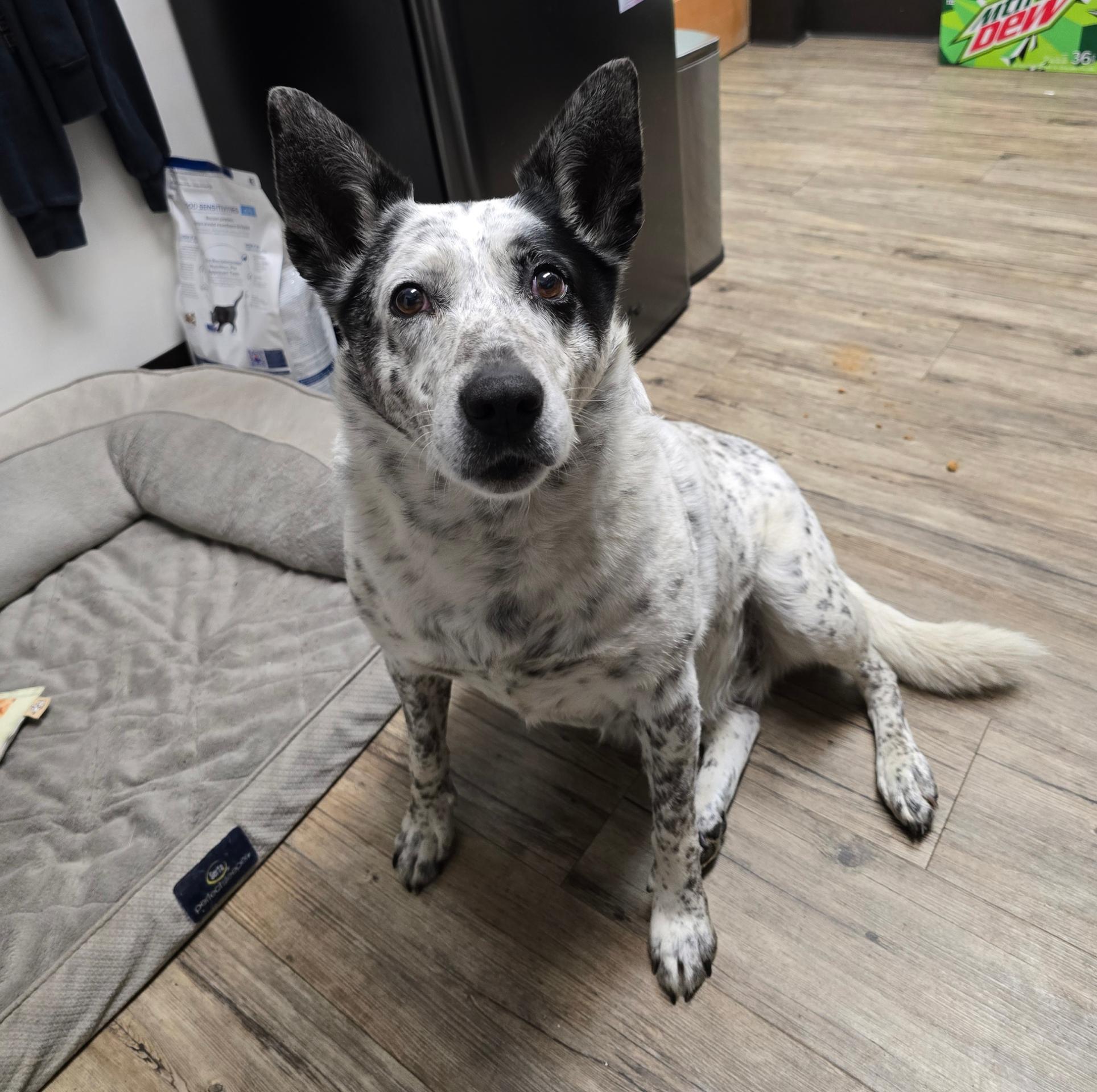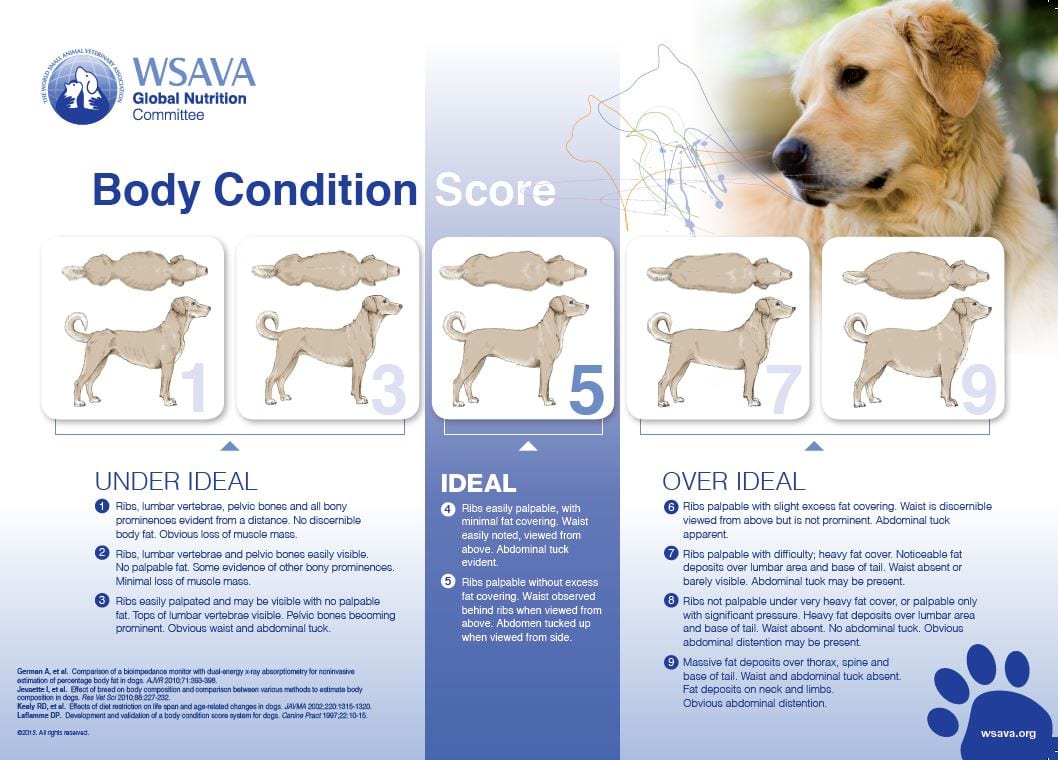Why Proper Nutrition Matters

Proper pet nutrition is essential for the overall health, happiness and well-being of your canine companion. Just like humans, pets require a balanced diet that provides the right amount of nutrients to support their growth, energy levels, and immune system. High-quality pet food should contain appropriate proportions of protein, fats, carbohydrates, vitamins, and minerals to prevent health issues. The specific nutritional needs of your pet depends on such as age, breed, size, and activity level. Puppies and kittens, for example, need diets rich in protein and fat to fuel their rapid growth, while senior pets pay require food that's lower in calories and enriched with joint-supporting nutrients like glucosamine.
In addition to the right food, portion control is key to maintaining a healthy weight. Obesity in pets is a common issue that can lead to other health problems like diabetes, heart disease, and joint pain. At Salish Veterinary Hospital, we offer nutrition counseling to help guide you on the proper diet for your canine friend. Consulting with our veterinarians regularly will help you make any necessary adjustments to your pet's diet based in their changing needs and health status.
Grain-Free Diets
Grain-free diets for dogs gave gained popularity in recent years, often marketed as healthier and more "natural alternatives. However, emerging research and veterinary warnings suggest that these diets may be harmful, particularly because they can contribute to serious heart conditions like canine dilated cardiomyopathy (DCM). The FDA has investigated links between grain-free dog foods-especially those high in legumes like peas and lentils-and an increased risk of DCM, a potentially fatal disease that affects the heart muscle. Many of these grain-free formulas are poorly balanced, lacking essential nutrients such as taurine, which is critical for heart health in dogs.
Additionally, most dogs are not actually allergic to grains; true grain allergies are rare, and eliminating grains often removes valuable sources of fiber and nutrients without justification. Feeding dogs grain-free food without veterinary supervision can inadvertently put their health at risk, making it crucial for pet owners to consult with a veterinarian before making dietary changes.
Raw Diets
At Salish Veterinary Hospital, we do not recommend raw diets for dogs due to well-documented health and safety risks. While raw feeding is sometimes promoted as more "natural" way to nourish pets, the reality is that raw often pose significant dangers to both animals and the humans around them. Raw meats can be contaminated with harmful bacteria suck as:
- Salmonella
- E.coli
- Listeria
These diseases can lead to serious illness in dogs and create a rick of cross-contamination in the home environment-especially in households with young children, elderly individuals, or immunocompromised people.
Beyond bacteria concerns, raw diets are frequently nutritionally incomplete or unbalanced, lacking key nutrients or providing them in inappropriate ratios. This can result in long-term health issues such as bone deformities, organ dysfunction, or weakened immune systems. At Salish Veterinary Hospital, our priority is the health and well-being of your pet. We support feeding options that are scientifically formulated, complete, and balanced, and we encourage pet owners to consult with our veterinary team before making any major changes to their dogs diet.
For more information on this topic, click here.
Obesity In Dogs
Obesity in dogs is a growing issue. Just like humans, obesity occurs when an animal consumes more calories than it burns, leading to excessive fat accumulation. It is important to recognize that obesity is not just a cosmetic issue-it's a medical condition that can negatively affect a dog's quality of life and longevity. Overweight canines are at higher risk for the following:
- Joint pain and arthritis
- Diabetes
- Heart disease
- Respiratory problems
- Reduced life expectancy
The primary cause of obesity in dogs include overfeeding, poor quality or calorie-dense food, lack of exercise, and sometimes, underlying medical conditions. Many pet owners unintentionally overfeed their pets by offering too many treats, feeding too large of portions, or not providing enough physical activity. Additionally, some pets may be predisposed to obesity due to genetics or certain medications.
Preventing and managing obesity in pets requires a multifaceted approach. First, it's crucial to feed pets a balanced, appropriately portioned diet suited to their age, size, and activity level. Consulting with our veterinarians will give you a specific recommendations on how to get your canine to an ideal body weight. Regular physical activity, including playtime and walks, is essential to keep pets active and burn excess calories. If your dog is already overweight, a gradual weight-loss plan under supervision of a veterinarian can help achieve a healthy weight weight safely.
Body Condition Score (BCS)
The Body Condition Score (BCS) is a tool used by veterinarians to assess the overall body condition of pets, helping to determine whether an animal is underweight, overweight, or at an ideal weight. The BCS system if widely used in veterinary practices to provide a standardized method of evaluating a pet's body fat and muscle mass. It allows veterinarians and pet owners to monitor changes in an animal's health and adjust their diets and exercise plans accordingly.
Typically, the Body Condition Score ranges from 1 to 9, with 1 being extremely underweight, and 9 indicating severe obesity. A score of 5, in the middle of the scale, is considered ideal, representing a pet with a well-balanced weight and healthy body composition.
- Score 1-3 (Underweight to Thin): Pets with scored in this range may have visible ribs, prominent bones, and little to no fat cover. They may appear weak, and their spine and hip bones are easily felt. This could be due to malnutrition, illness, or other underlying health conditions.
- Score 4-5 (Ideal Weight): A score of 5 represents a pet in optimal health, with a visible waistline, ribs that can be felt but not seen, and a thin layer of fat over the bones. Pets in this range are likely to have the most energy and experience fewer health problems.
- Score 6-9 (Overweight to Obese): Pets in this range may have an absent or rounded waistline, and their ribs are difficult to feel because of excess fat. Pets with higher scores often experience difficulty moving and may have increased risks of joint problems, heart disease, and diabetes. Obesity can lead to a significant decline in a pet's overall health and quality of life.

Veterinarians use the BCS during routine exams to identify early signs of weight-related health issues, and it can also serve as a guide to make dietary and exercise recommendations. Regular monitoring of a pet's body condition allows for timely interventions, helping to prevent or treat obesity or malnutrition before it leads to serious health problems.
For pet owners, maintaining their pet's ideal body condition through proper nutrition, portion control, and regular exercise is crucial. Consulting our veterinarians to determine the most appropriate BCS for their pet is a valuable step in promoting long-term health and well-being.
